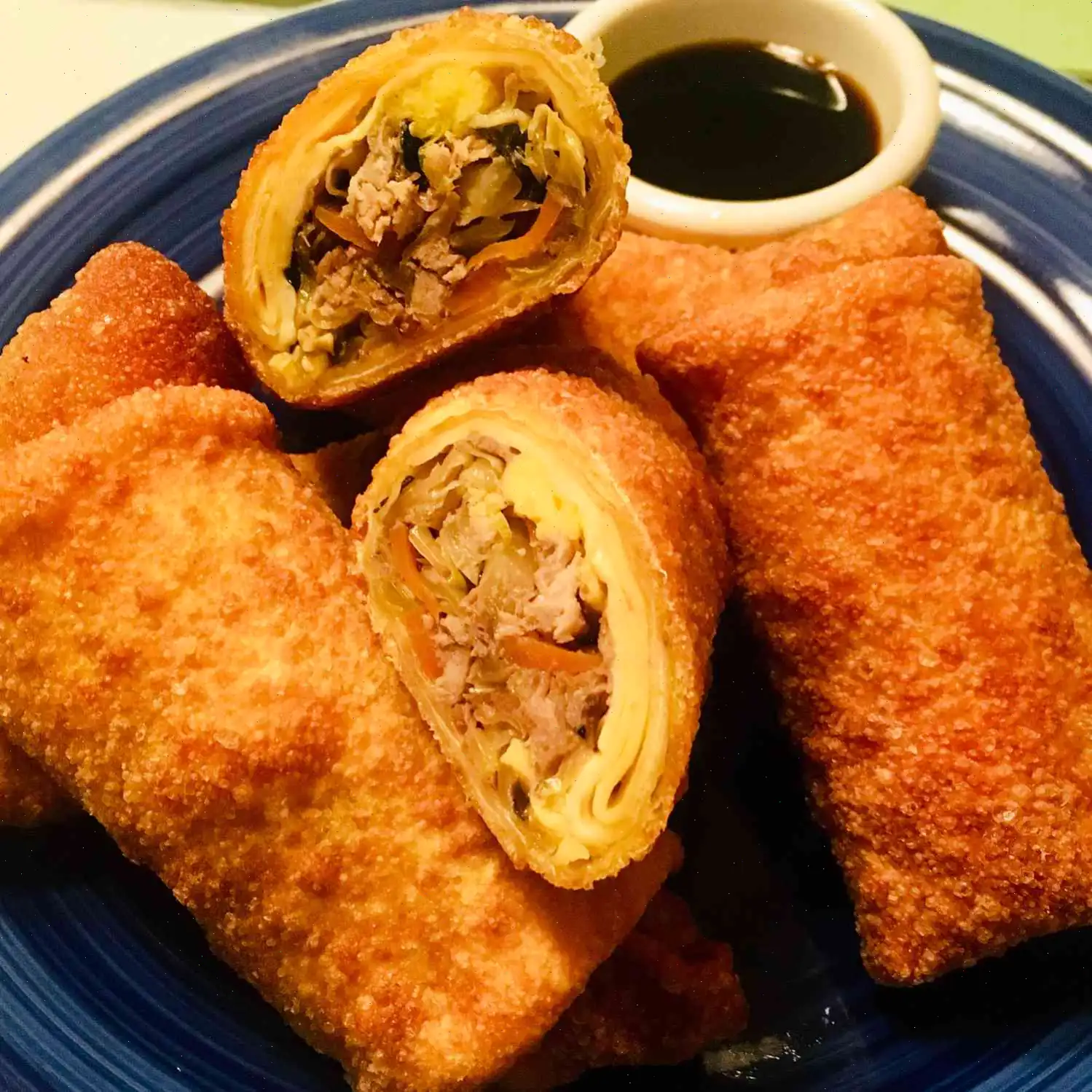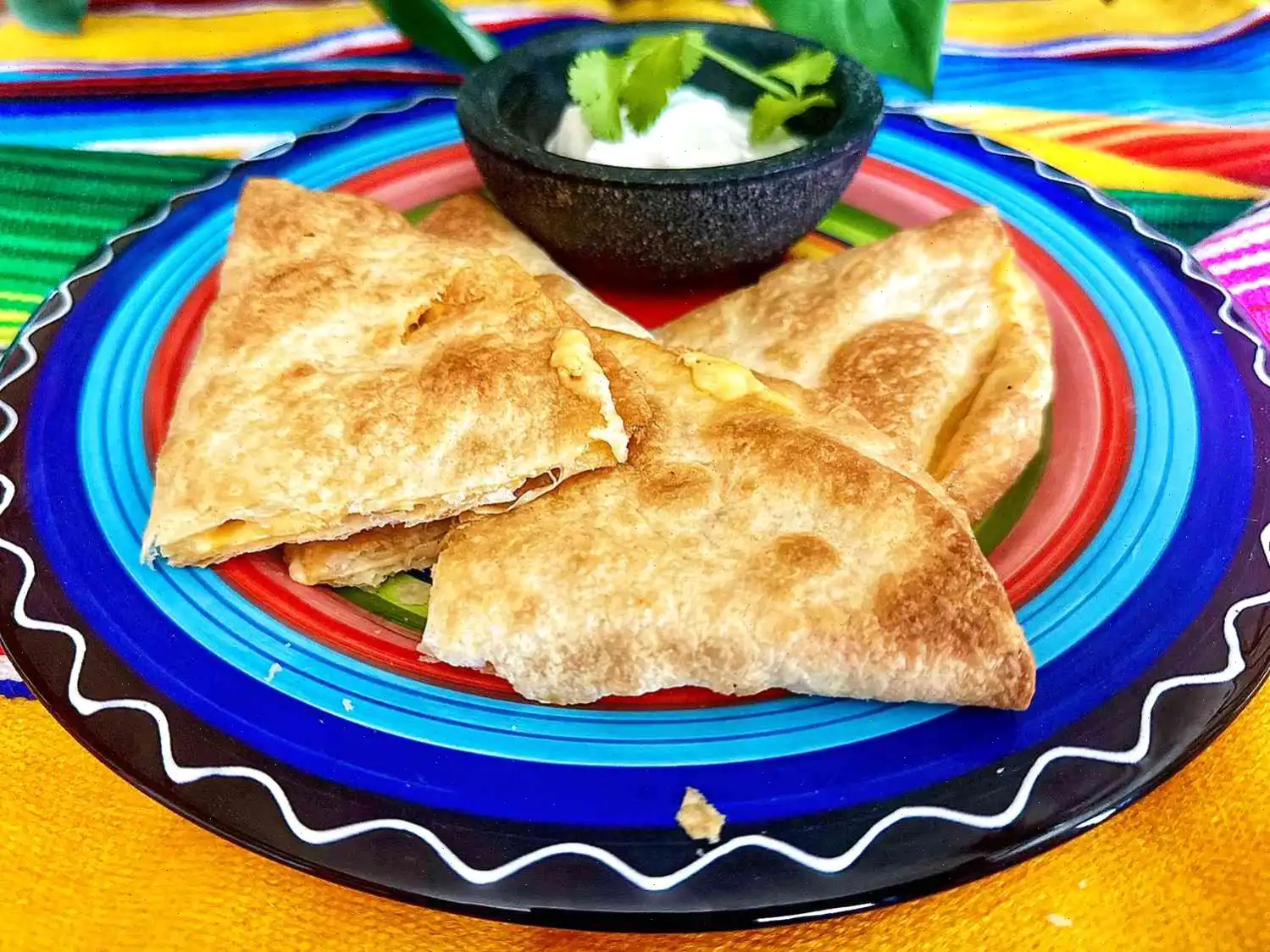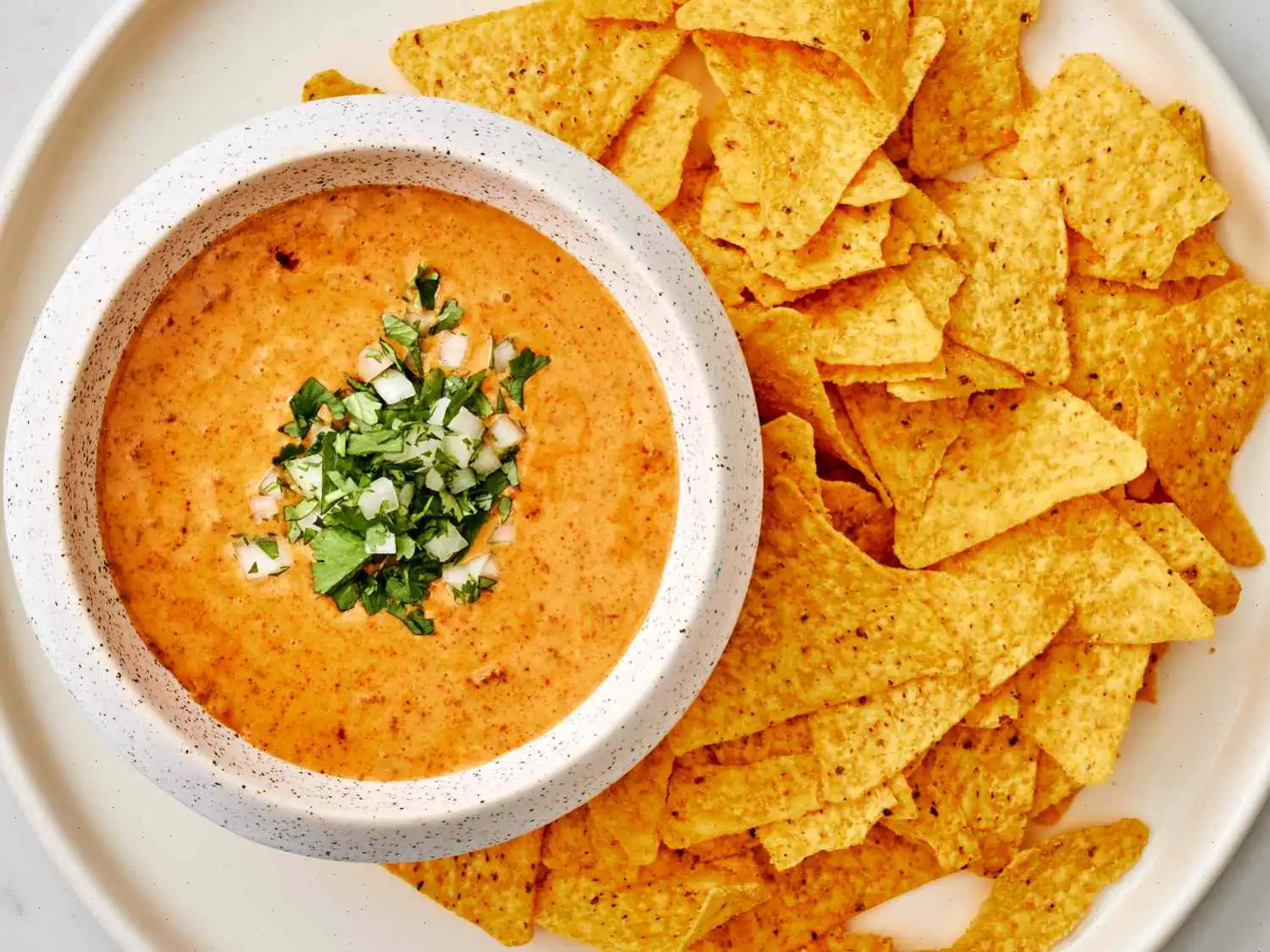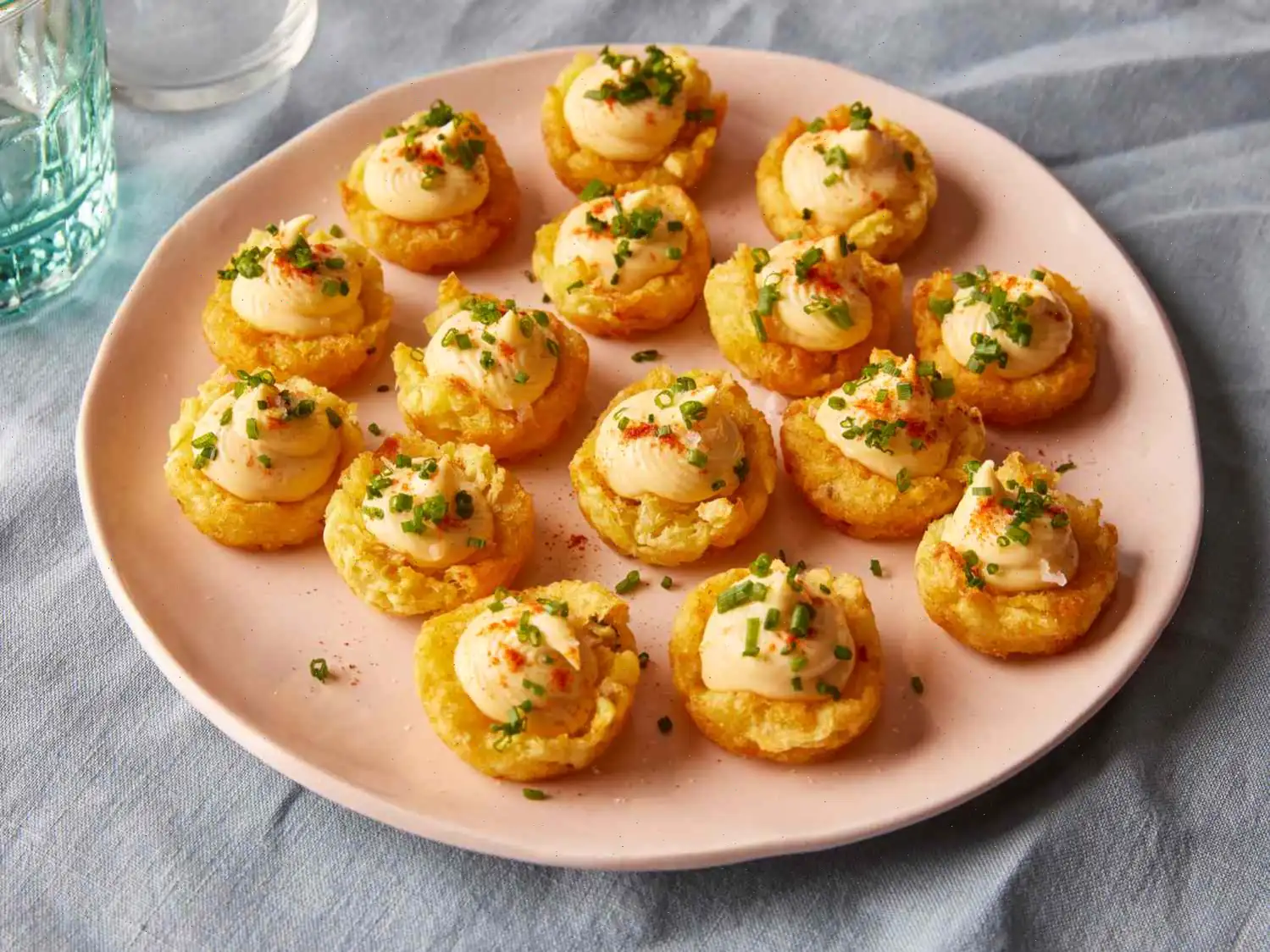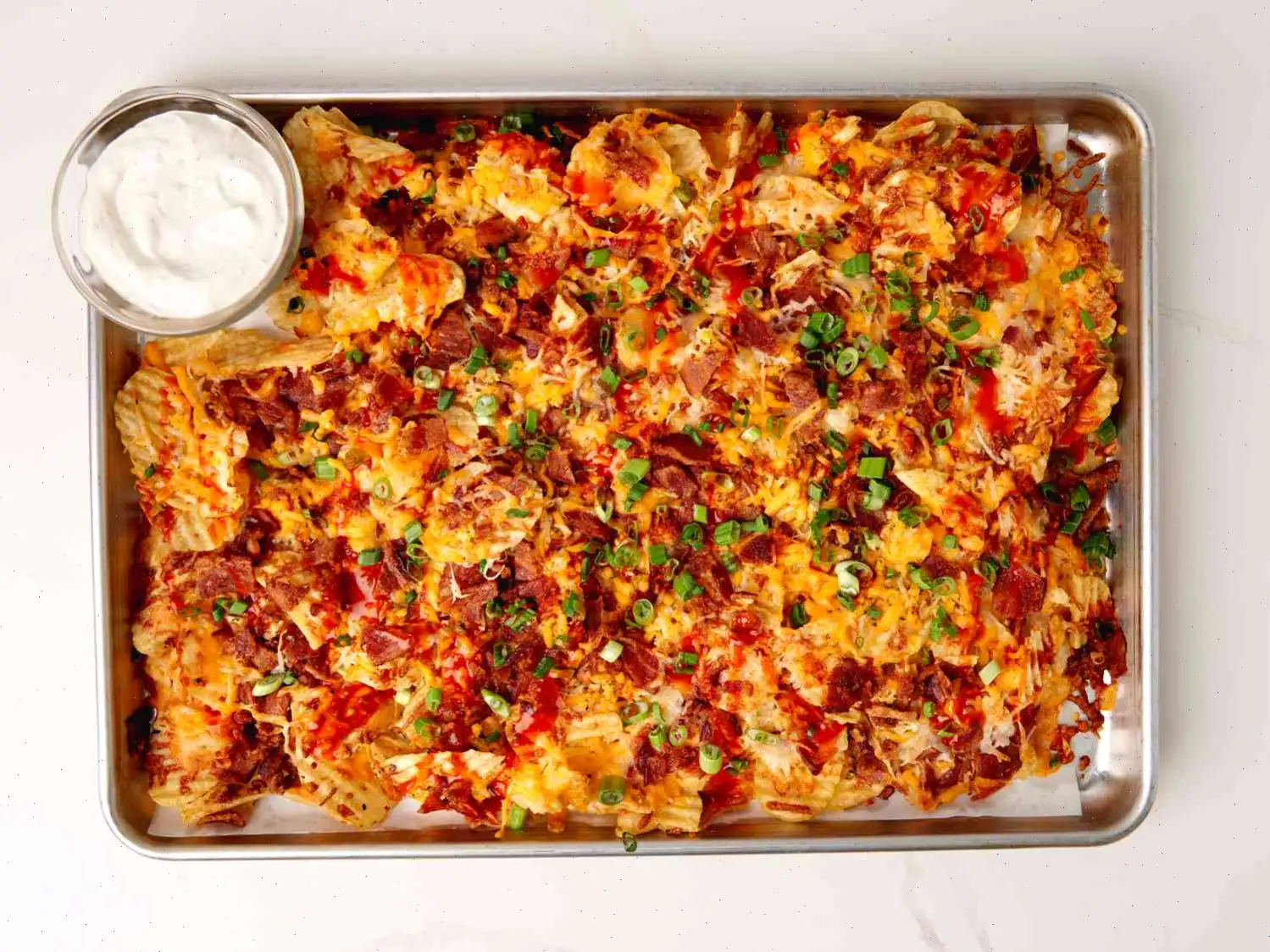
Authentic Chinese Egg Rolls (from a Chinese person) Recipe
Egg Rolls
Ingredients (for 20 servings):
- 4 teaspoons vegetable oil, divided
- 3 large eggs, beaten
- 1 medium head cabbage, finely shredded
- carrot, julienned
- 1 pound Chinese barbequed or roasted pork, cut into matchsticks
- 1 (8 ounce) can shredded bamboo shoots
- 1 cup dried, shredded wood ear mushroom, rehydrated
- 2 green onions, thinly sliced
- 2 teaspoons soy sauce
- 1 teaspoon salt
- 1 teaspoon sugar
- teaspoon monosodium glutamate (MSG)
- 1 (14 ounce) package egg roll wrappers
- 1 egg white, beaten
- 4 cups oil for frying, or as needed
Directions:
- Heat 1 teaspoon of vegetable oil in a wok or large skillet over medium heat. Pour in the beaten eggs and cook without stirring until the eggs are firm. Flip the eggs and cook for an additional 20 seconds to firm up the other side. Remove from heat and set aside to cool. Once cooled, slice the egg into thin strips.
- In the same wok, heat the remaining vegetable oil over high heat. Add the shredded cabbage and carrot, cooking for 2 minutes to soften slightly.
- Add the pork, bamboo shoots, wood ear mushrooms, green onions, soy sauce, salt, sugar, and MSG. Stir the ingredients together and cook for about 6 minutes, or until the vegetables are softened. Stir in the sliced egg and mix well.
- Spread the filling mixture onto a large pan and place it in the refrigerator for about 1 hour to cool completely.
- To assemble the egg rolls, lay a wrapper on a clean surface with one corner pointing toward you. Place about 3 tablespoons of the cooled filling onto the bottom third of the wrapper.
- Brush a little beaten egg white along the top two edges of the wrapper. Fold the bottom corner over the filling, then roll it up tightly halfway. Fold in the left and right sides snugly and continue rolling until the top corners seal the egg roll with the egg white. Repeat this process for the remaining wrappers, making sure to cover the finished egg rolls with plastic wrap to prevent them from drying out.
- Heat about 6 inches of oil in a wok or deep-fryer to 350F (175C). Fry the egg rolls in batches of 3 or 4 at a time, until golden brown and crispy, about 5 to 7 minutes. Drain the cooked egg rolls on paper towels to remove excess oil.
Nutrition Facts (per serving):
- Calories: 169
- Total Fat: 7g (9% Daily Value)
- Saturated Fat: 1g (7% Daily Value)
- Cholesterol: 46mg (15% Daily Value)
- Sodium: 315mg (14% Daily Value)
- Total Carbohydrate: 16g (6% Daily Value)
- Dietary Fiber: 3g (10% Daily Value)
- Total Sugars: 2g
- Protein: 10g (20% Daily Value)
- Vitamin C: 17mg (19% Daily Value)
- Calcium: 38mg (3% Daily Value)
- Iron: 1mg (8% Daily Value)
- Potassium: 232mg (5% Daily Value)
* Percent Daily Values are based on a 2,000 calorie diet. Your daily values may be higher or lower depending on your calorie needs.
Discover the story, regional influences, and interesting facts behind this delicious Chinese dish.
History and Origin of Egg Rolls
Egg rolls, known as (chn jun) in Mandarin, have a fascinating history that dates back to ancient China. The concept of rolling ingredients inside a thin wrapper can be traced to Chinese spring festivals, where families would make various savory dishes to mark the occasion. However, the egg roll as we know it today was popularized in the United States, particularly in the early 20th century, by Chinese immigrants. It is often associated with Chinese-American cuisine rather than traditional Chinese cooking, which typically involves dishes like spring rolls that are more delicate and less greasy.
Regional Variations
While egg rolls are enjoyed across China, they are especially popular in the southern regions, where the cuisine is known for being hearty and rich. The southern provinces, like Guangdong and Hong Kong, have a long history of fried foods, making egg rolls a perfect addition to their culinary repertoire. In contrast, the northern regions of China favor steamed or boiled dumplings, making fried egg rolls less common there. The Chinese-American egg roll typically includes ingredients like pork, cabbage, and bamboo shoots, which were adapted to suit local tastes in the U.S. and the availability of ingredients.
How Egg Rolls Differ from Similar Dishes
Egg rolls are often confused with spring rolls, but they differ significantly in both texture and preparation. Spring rolls, typically found in Chinese cuisine, are made with a thinner, more delicate wrapper, often served fresh and not fried. They are usually filled with a variety of vegetables, and sometimes shrimp or chicken. In contrast, egg rolls feature a thicker, crispier wrapper, which is deep-fried, giving them their signature crunch. Furthermore, the filling for egg rolls tends to be richer, with pork being a staple ingredient, unlike the lighter vegetable fillings found in many spring rolls.
Where Are Egg Rolls Usually Served?
In China, egg rolls are less commonly seen on the table as a traditional family dish. However, they have found a place in Chinese restaurants around the world, especially in the United States. In Chinese-American cuisine, egg rolls are a staple appetizer, often served as a side dish with fried rice or sweet and sour chicken. They are commonly found in Chinese buffets and casual dining settings, where they provide a crispy, flavorful contrast to the other, often saucy, dishes. Additionally, egg rolls are a favorite at parties, holiday gatherings, and special occasions, where they are often served alongside dipping sauces like soy sauce or sweet chili sauce.
Fun Facts About Egg Rolls
- Egg rolls are believed to have been invented in New York City in the 1930s by Chinese immigrants trying to adapt traditional Chinese recipes to American tastes.
- The filling for egg rolls varies widely, with some recipes featuring shrimp, beef, or even tofu in place of the traditional pork.
- While many people associate egg rolls with Chinese food, they are actually an American creation that has become a beloved dish worldwide.
- Despite their name, egg rolls do not always contain eggs in the filling. The name refers to the egg-based wrapper, not the filling.
- Egg rolls are often served at Chinese New Year celebrations, symbolizing wealth and prosperity due to their golden color and shape, which resembles gold bars.
You can listen to this recipe in AI audio format. Simply click the play button below to listen to the content in a format that suits you best. It’s a great way to absorb information on the go!
FAQ about Authentic Chinese Egg Rolls (from a Chinese person) Recipe
Comments
Daniel Young
04/01/2024 08:52:51 PM
I adapted this recipe to make delicious egg rolls and they turned out fantastic! I made a few changes by skipping bamboo shoots, pork, and MSG. Instead of wood ear mushrooms, I used 8oz. of fresh white button mushrooms, chopped. I added shredded cooked chicken to half of the egg rolls for extra flavor. Due to time constraints, I didn't chill the cabbage mixture before assembling the rolls. I used an ice cream scoop to portion the filling onto each wrapper before frying. The egg rolls had amazing flavor - even my husband, who is a fan of Chinese restaurants, said they were better than any he's tried before. Our 2 1/2 year old son also loved them. We almost finished the whole batch of 18 egg rolls, but I managed to freeze the extras. They reheat beautifully in the oven and stay crispy!
Michael King
10/16/2024 12:49:13 PM
This recipe is a perfect match to the one my Vietnamese mother-in-law has been making for fifty years. She shared her secret ingredient with me - an egg which she adds by scrambling it into the entire egg roll mixture instead of making a separate 'pancake'. I learned that removing the stems from the mushrooms after rehydrating them is crucial as they tend to remain tough otherwise. We prefer giving everything a fine chop rather than just julienned and shredding the carrots. For sealing the rolls, we often use a mixture of cornstarch and water, although the egg white method worked well too. Frying in peanut oil adds a delicious flavor, so I recommend this if allergies are not a concern. The egg rolls turned out to be incredibly flavorful, and I suggest adding a teaspoon of rice wine vinegar and a teaspoon of sesame oil instead of one teaspoon of soy sauce for seasoning. By straining the oil and storing it in the fridge, it can be reused multiple times for the same purpose.
Raymond Lewis
06/01/2023 01:43:06 AM
Fantastic recipe! I added chives to the foo-young and cooked it in beef tallow, then enhanced it with 4 drops of toasted sesame oil and a pinch of salt for an additional depth of flavor. I swapped the pork for diced shrimp and grilled chicken - I'm excited to try adding glass noodles to the filling next time!
Kenneth Young
06/17/2023 07:42:06 PM
Even though it didn't have bamboo shoots or mushrooms, it was still delicious!
Mark Allen
10/06/2024 11:08:59 AM
Highly questionable recipe of all time.
Brenda Torres
03/27/2025 04:59:13 AM
I had a great time with this. My son prepared the wrappers from scratch following a different recipe.


